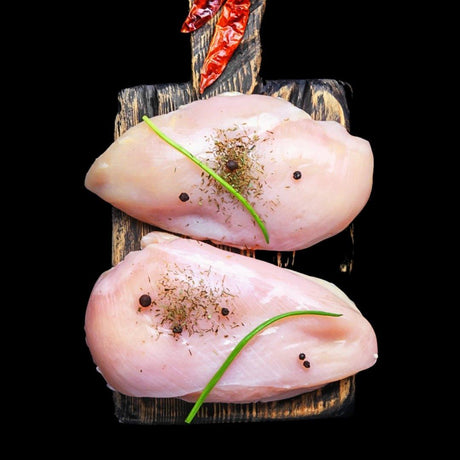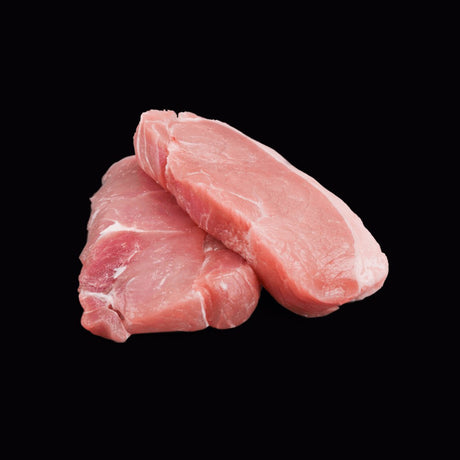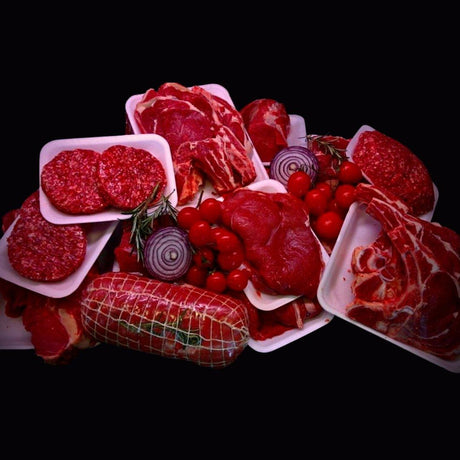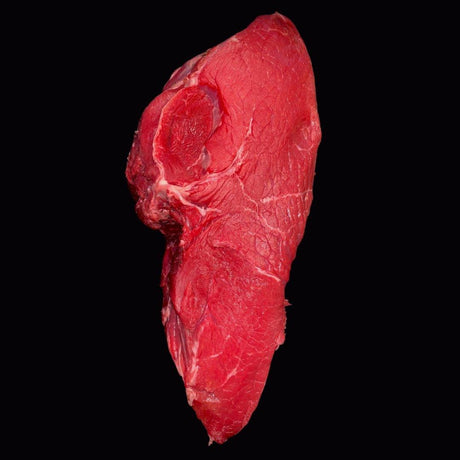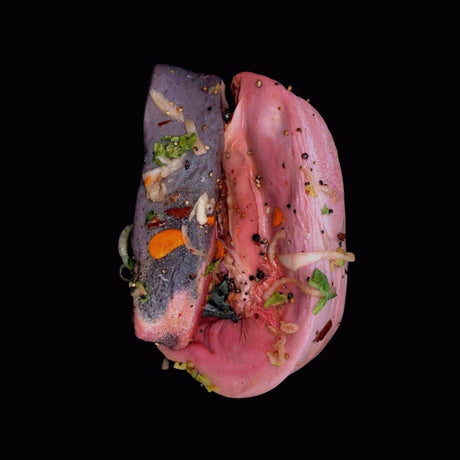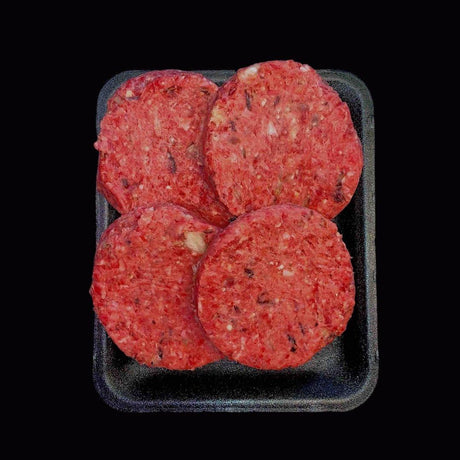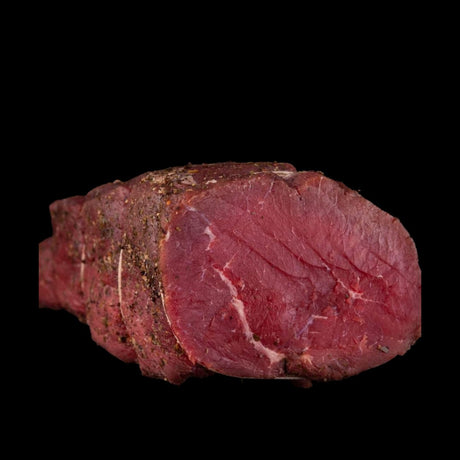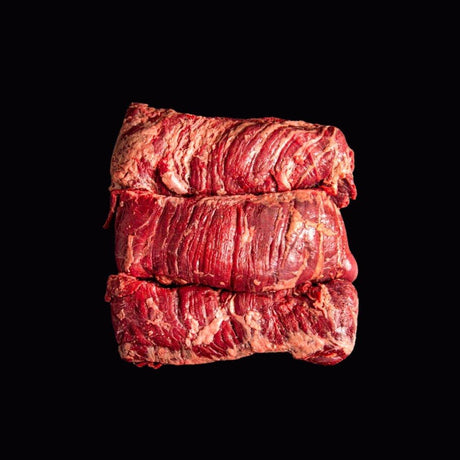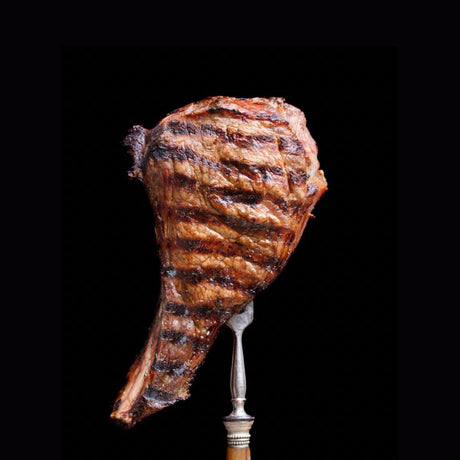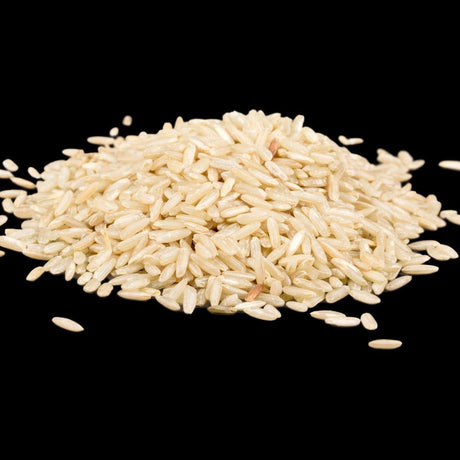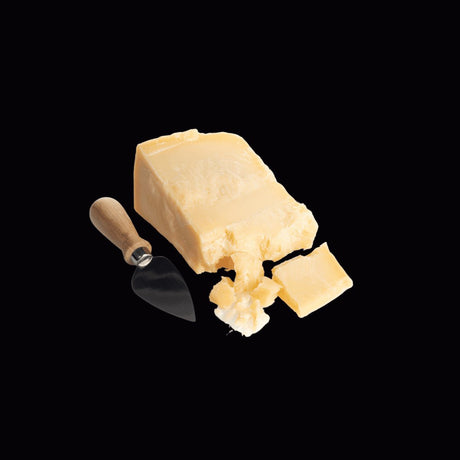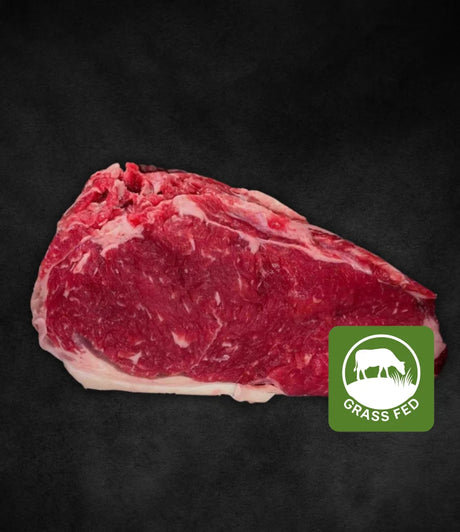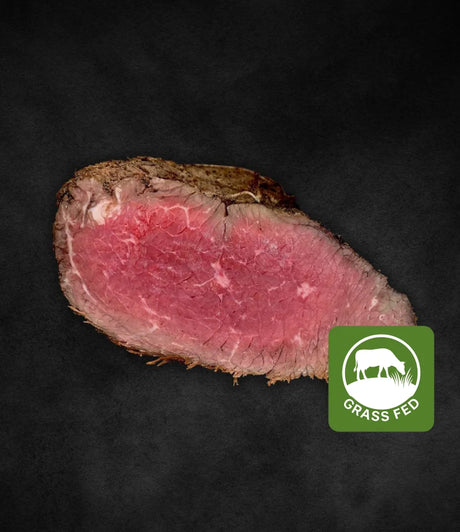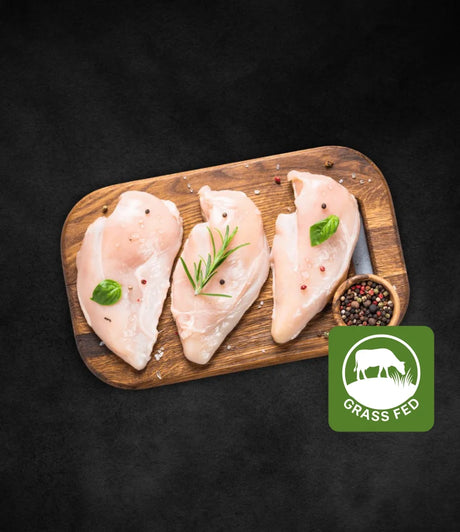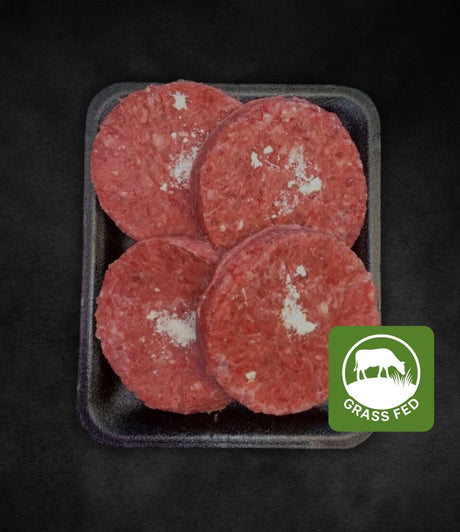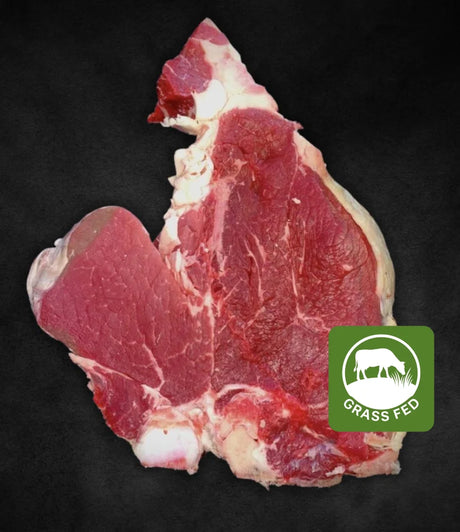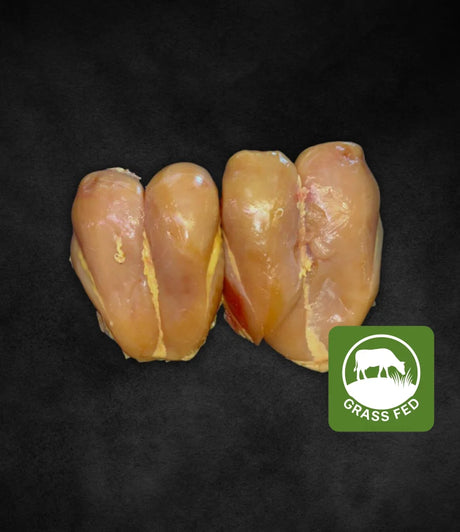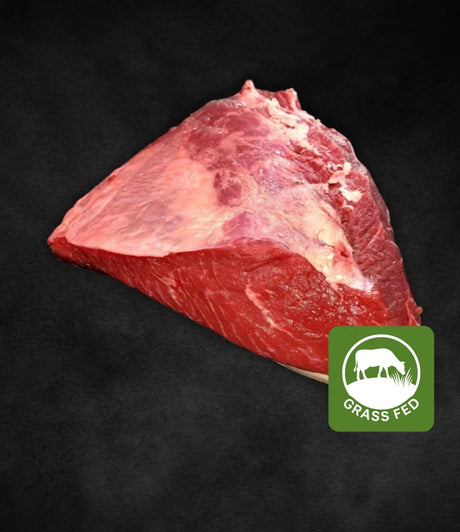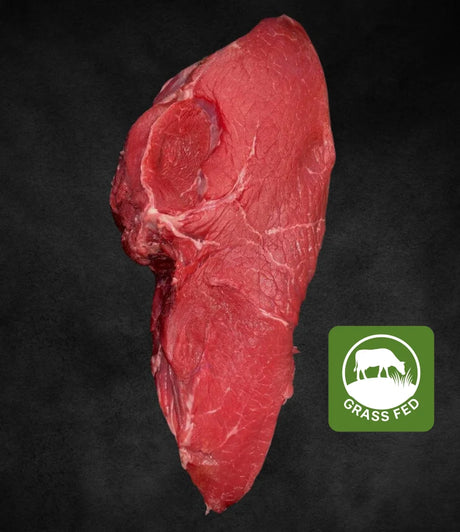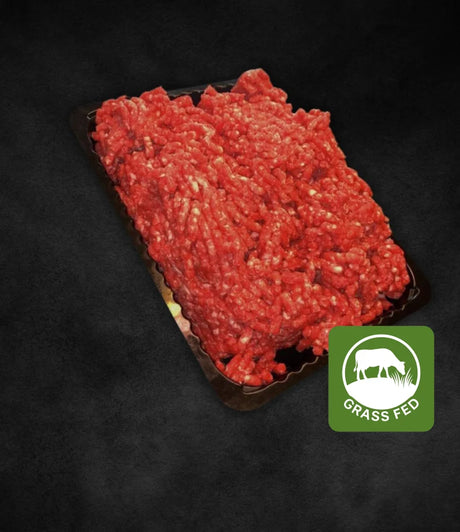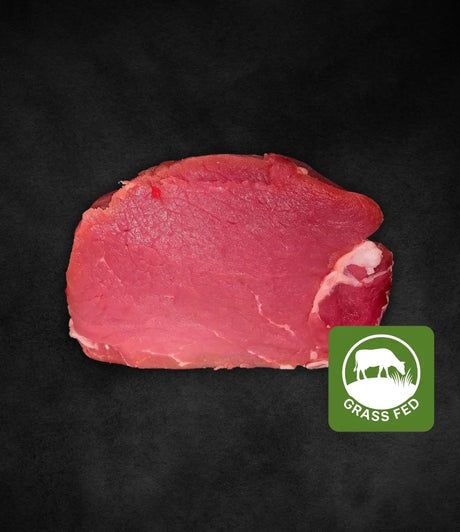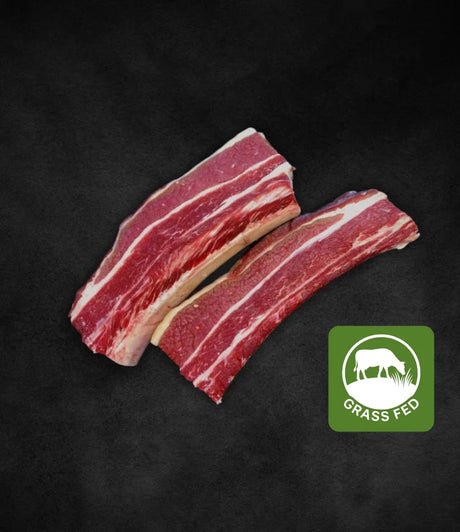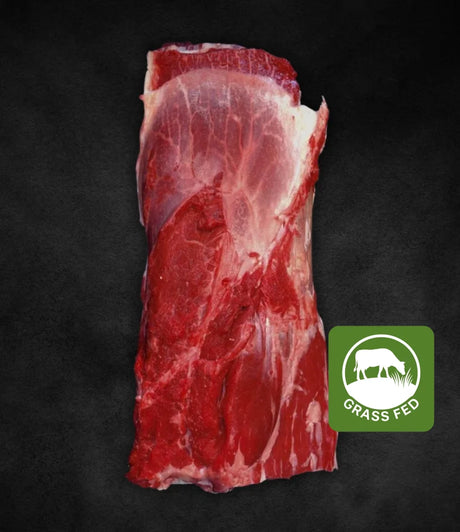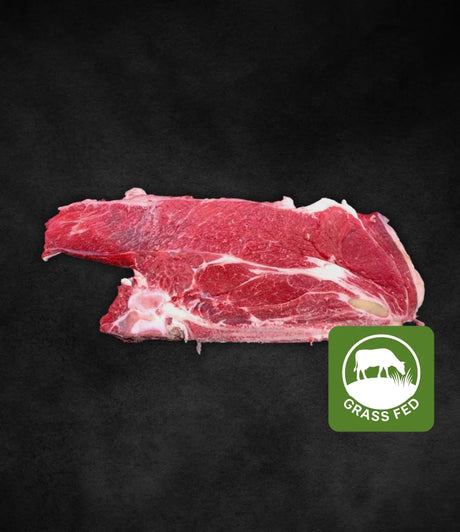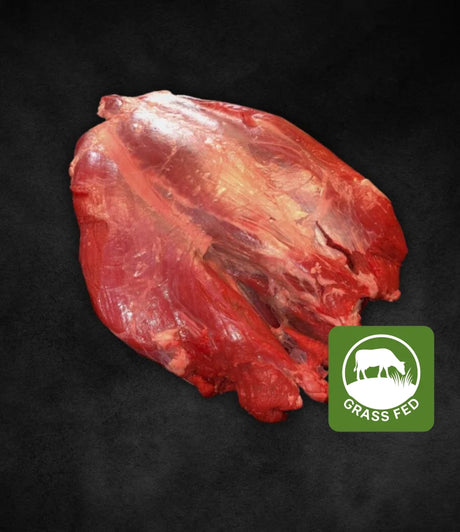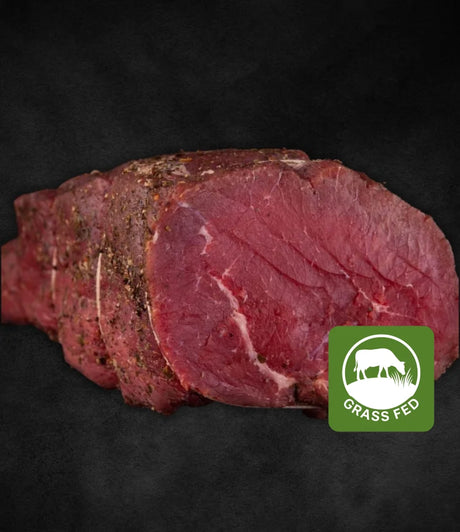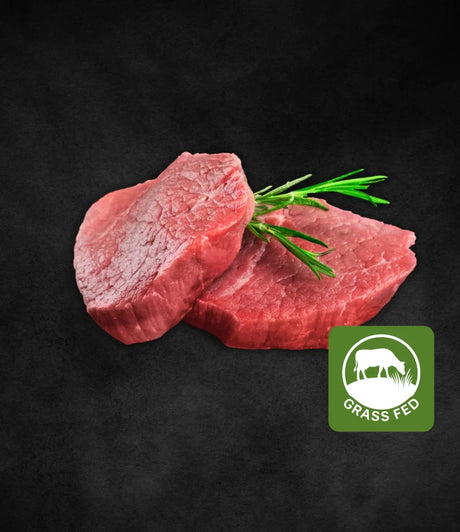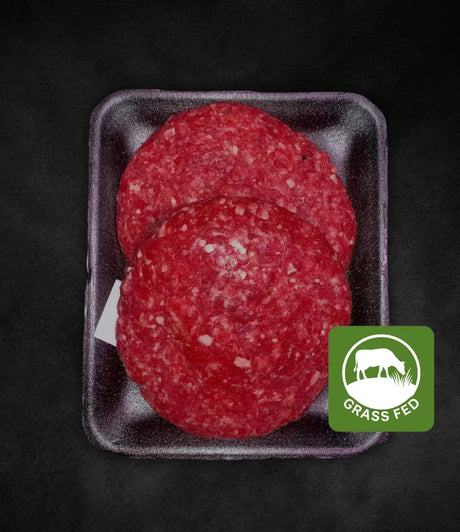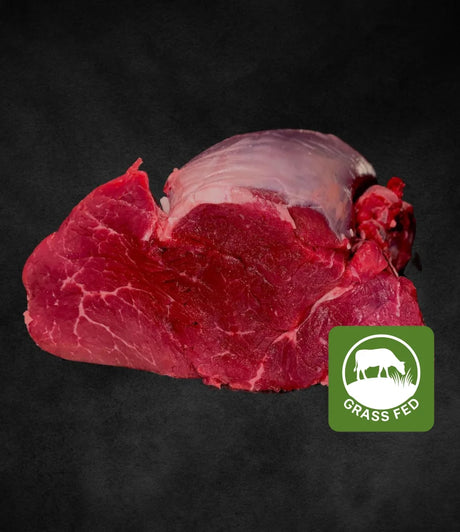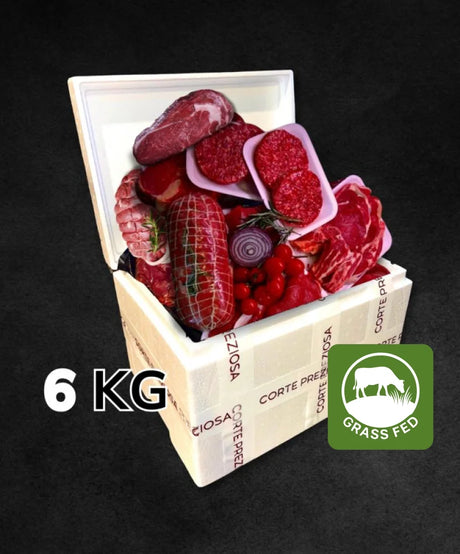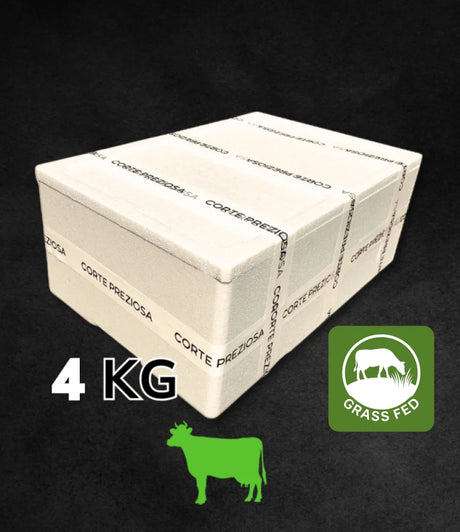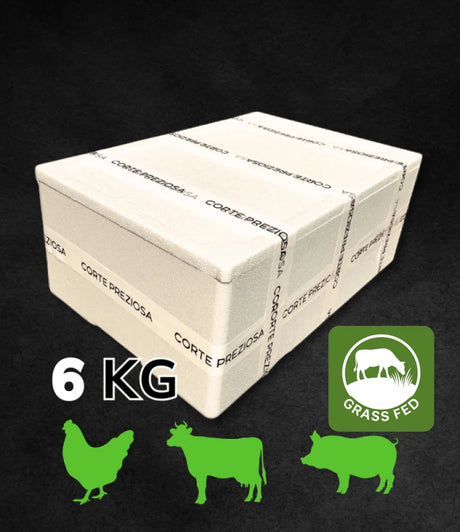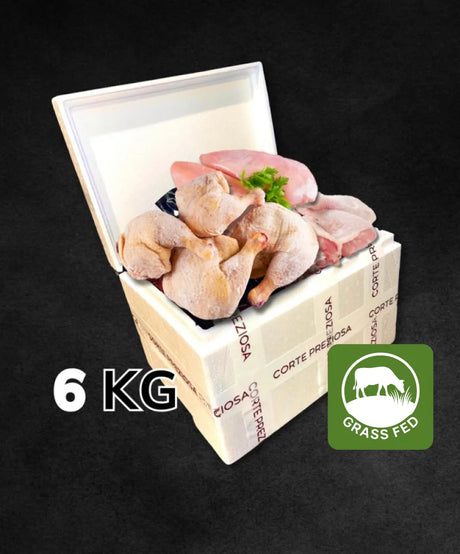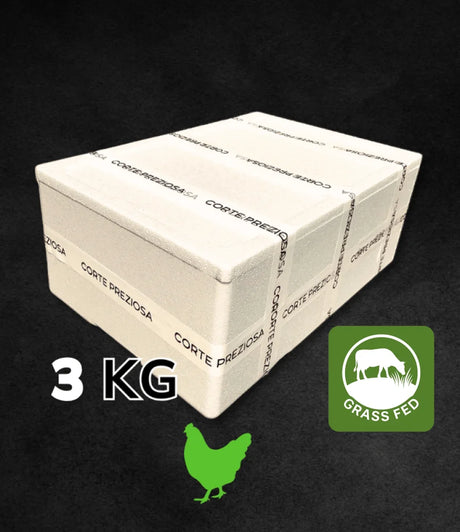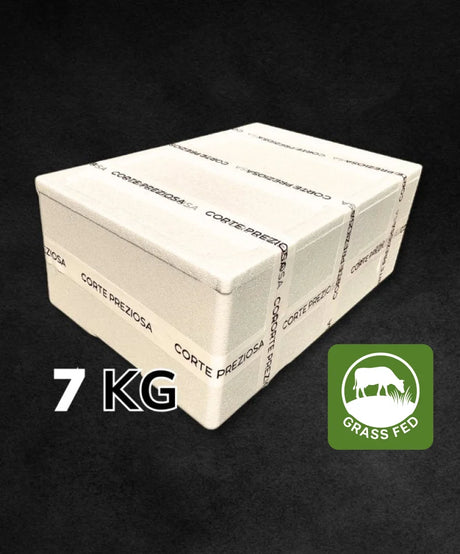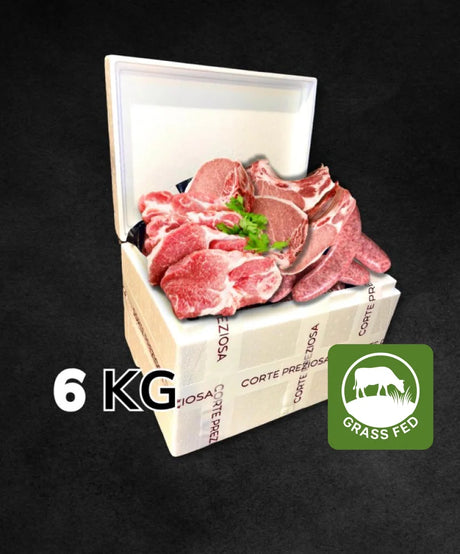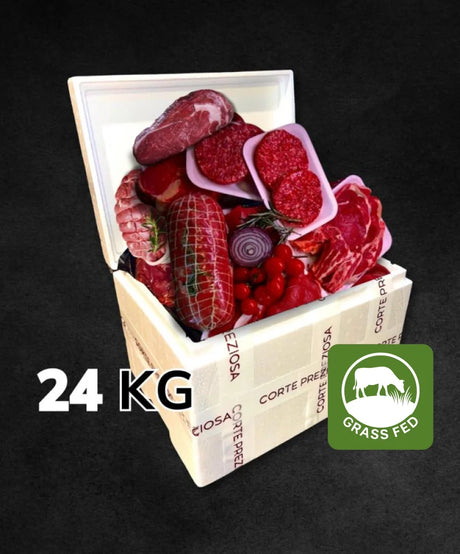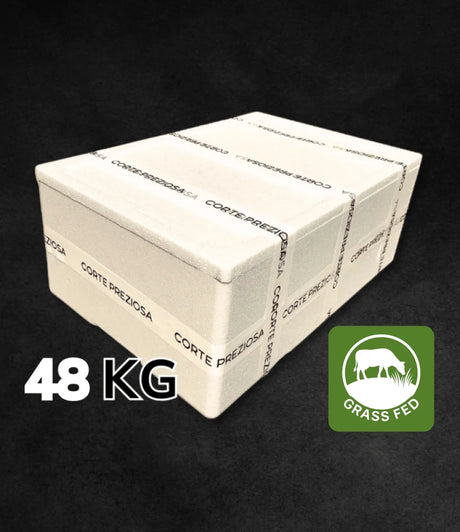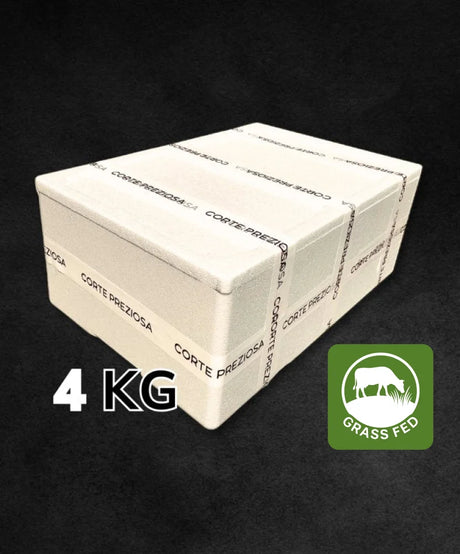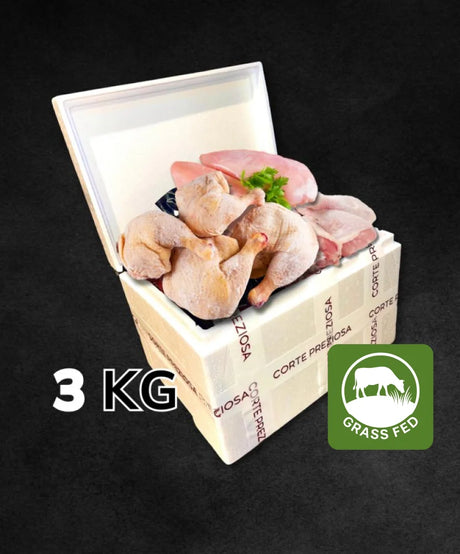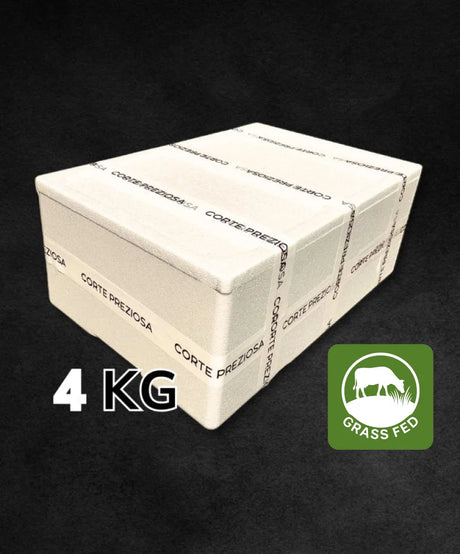Beef Ragù: History and Recipe of a Classic of Italian Cuisine
Beef ragù is one of the pillars of Italian cuisine, a rich and tasty sauce that has conquered the palates of generations. But what is its history? And how do you prepare a perfect beef ragù? Let's find out together!
The History of Ragù
The term "ragù" has French origins, deriving from the word "ragout", which means "to bring back to life". This reflects the idea of a dish that enhances flavors through slow cooking. In Italy, ragù has evolved into various forms, but beef ragù is particularly linked to the culinary tradition of the Emilia-Romagna region, and in particular Bologna.
Ragù alla bolognese, which many know, is the most famous variant and found its consecration in the early twentieth century, when recipes began to be noted and shared. This sauce is not only a condiment for pasta, but a symbol of conviviality and home cooking, often prepared on weekends and during holidays.
Beef Ragù Recipe
Ingredients
To prepare an excellent beef ragù, you will need:
- 500g minced beef (preferably a mix of shoulder and rump)
- 100 g of bacon (optional, for a richer flavour)
- 1 onion (finely chopped)
- 1 carrot (finely chopped)
- 1 celery stick (finely chopped)
- 400 g peeled tomatoes (or tomato puree)
- 1 glass of red wine (preferably Sangiovese)
- 1 bay leaf
- Olive oil (to taste)
- Salt and pepper (to taste)
- A pinch of sugar (to balance the acidity of the tomato)
- Grated Parmigiano Reggiano (for serving)
Preparation
-
Making the soffritto : In a large saucepan, heat a drizzle of olive oil. Add the onion, carrot, and celery, sautéing over low heat until the vegetables soften and become transparent.
-
Adding the Meat : If using bacon, add it now, frying until crispy. Then add the ground beef, stirring well to brown evenly.
-
Blend with wine : When the meat is well browned, pour in the red wine and let the alcohol evaporate, stirring occasionally.
-
Add the tomatoes : Once the wine has evaporated, add the peeled tomatoes (crushed with a fork) or the tomato puree. Add the bay leaf, a pinch of sugar, salt and pepper to taste.
-
Slow cooking : Lower the heat and partially cover the saucepan. Let the ragù simmer for at least 1.5-2 hours, stirring occasionally. The longer it cooks, the more the flavors will blend, so if you have time, cook it for up to 3 hours!
-
Service : When the ragù is ready, remove it from the heat and taste to adjust the salt and pepper. Serve hot over fresh pasta such as tagliatelle or pappardelle, sprinkled with plenty of grated Parmigiano Reggiano.
Conclusion
Beef ragù is much more than just a sauce: it is a tradition that speaks of family, shared dishes and recipes passed down. Every time we prepare it, we participate in a culinary story that has its roots in the centuries. Don't forget to dedicate time to this dish; patience in its preparation is the key to enhancing its flavors. Enjoy your meal!
---------------------------------------------------------------------------------------



